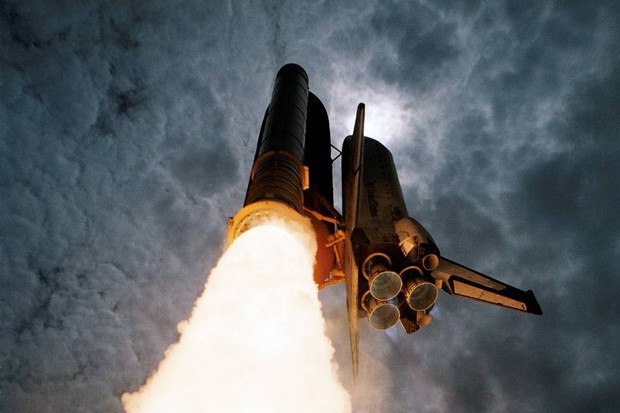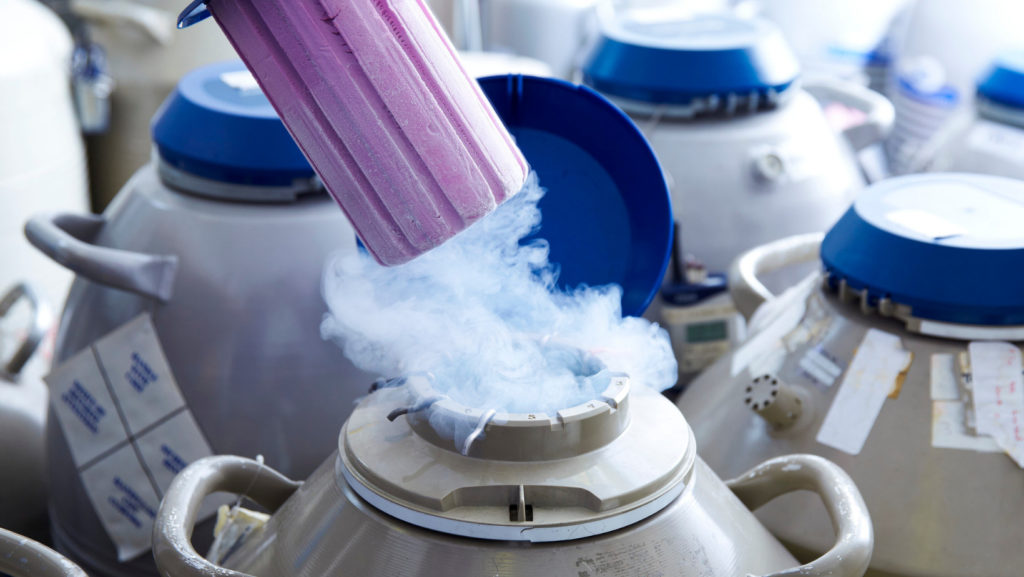As technology advances, the aerospace industry is constantly seeking ways to improve efficiency and safety in aircraft design. One crucial element that plays a vital role in achieving these goals is high-temperature aerospace seals and gaskets. These components ensure that critical systems within an aircraft remain sealed even under extreme temperature conditions. This article will explore the importance of high-temperature aerospace seals and gaskets, their various applications, and how they enhance efficiency and safety.

The Significance of High-Temperature Aerospace Seals and Gaskets
High-temperature aerospace seals and gaskets are essential for maintaining the integrity of critical systems in aircraft operating under extreme temperature conditions. These components are designed to withstand elevated temperatures without compromising their sealing capabilities. High-temperature seals ensure optimal performance in commercial airplanes or military jets.
Applications of High-Temperature Seals
High-temperature seals find extensive applications across various systems within an aircraft. Some key areas where these seals are utilized include:
- Engine Components: Aerospace engines operate at extremely high temperatures, with exhaust gas temperatures exceeding 2000 degrees Fahrenheit (1093 degrees Celsius). High-temperature seals maintain a tight seal between engine components such as turbine blades, combustors, or exhaust nozzles.
- Fuel Systems: Fuel leakage can be catastrophic for an aircraft’s operation. High-temperature fuel system seals prevent fuel leaks by ensuring a reliable seal between different fuel system components like valves or connectors.
- Hydraulic Systems: Hydraulic systems are vital in controlling various functions within an aircraft, including landing gear deployment and flight control surface movement. High-temperature hydraulic seals ensure leak-free operation even when exposed to extreme temperatures.
- Environmental Control Systems: Aerospace seals are used in environmental control systems to maintain a comfortable cabin environment for passengers. These seals prevent air leaks and ensure efficient temperature control.
Benefits of High-Temperature Aerospace Seals
High-temperature seals offer several benefits, improving overall efficiency and safety of aircraft operations. Some key advantages include:
- Improved Efficiency: High-temperature seals minimize energy losses by properly sealing between components. By reducing leakage, these seals optimize system performance and contribute to fuel efficiency.
- Enhanced Safety: Sealing failures can have catastrophic consequences in aviation. High-temperature aerospace seals provide reliable sealing, preventing potential hazards such as fuel leaks or engine failures that could compromise the safety of an aircraft.
- Extended Component Lifespan: The ability of high-temperature aerospace seals to withstand extreme temperatures helps protect critical components from degradation due to heat exposure. This extends the lifespan of expensive engine parts and reduces maintenance costs.
- Reduced Emissions: Proper sealing with high-temperature aerospace gaskets minimizes leakage and ensures optimal engine combustion, reducing emissions and environmental impact.
High-temperature aerospace seals and gaskets enhance efficiency and safety in aircraft operations. With their ability to withstand extreme temperatures while maintaining reliable sealing capabilities, these components contribute significantly to the optimal performance of critical systems within an aircraft. From engines to fuel systems and hydraulic systems to environmental control systems, high-temperature aerospace seals find extensive applications across various areas of aviation. By improving efficiency, enhancing safety measures, extending component lifespan, and reducing engine emissions levels, these specialized seals continue to revolutionize the aerospace industry.
FAQs
Q1: What materials are commonly used?
A1: High-performance materials like silicone rubbers, fluorocarbon elastomers (FKM), polytetrafluoroethylene (PTFE), or graphite-based composites are commonly used for manufacturing high-temperature aerospace seals due to their excellent thermal resistance properties.
Q2: Can high-temperature aerospace gaskets be reused?
A2: While some gaskets can be reused after careful inspection, replacing them during maintenance procedures is generally recommended due to possible wear or damage that may compromise their sealing capabilities.
Q3: What challenges do high-temperature seals face?
A3: Extreme temperatures can cause thermal expansion or contraction, leading to potential sealing failures. High-temperature seals must also withstand exposure to harsh chemicals, pressure differentials, and mechanical stresses.
Q4: Are they standardized?
A4: Various industry standards govern seal design and performance requirements. These standards ensure compatibility and reliability across different aircraft manufacturers.
Q5: Can high-temperature aerospace seals be customized for specific applications?
A5: Yes, manufacturers can tailor the design and materials of high-temperature seals to meet specific application requirements, considering factors such as temperature range, pressure differentials, or chemical exposure.

